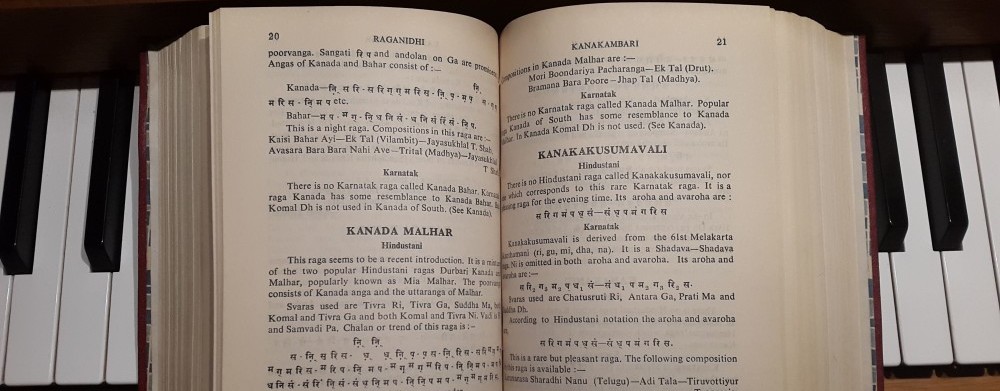In 2004 besteedde ik in een uitzending van de Concertzender aandacht aan de hypnotiserende, broeierige score die legendarisch filmcomponist Bernard Herrmann (1911-1975) afleverde voor de uit 1962 daterende film ‘Cape Fear’ – een schitterende score die ik hier even onder de aandacht wil brengen.
In het verhaal van de door J. Lee Thompson geregisseerde film komt de wegens verkrachting tot 14 jaar cel veroordeelde hoofdpersoon Max Cady (gespeeld door Robert Mitchum) na 8 jaar voorwaardelijk vrij. Cady zint op wraak op de advocaat Sam Bowden (gespeeld door Gregory Peck) die de verkrachtingszaak destijds behandelde. Bowden wist dat Cady schuldig was en hield daarom bewijsmateriaal achter dat Cady vrij had kunnen pleiten, bewijsmateriaal over de promiscuïteit van Cady’s slachtoffer. Als Cady hier achter komt is de beer los. Terug op vrije voeten staat alles alleen nog maar in het teken van wraakneming op zijn vroegere advocaat. Hij stalkt en bedreigt Bowden’s gezin en opnieuw riekt het naar verkrachting en aanranding, waarbij dit keer Bowden’s vrouw en dochter het moeten ontgelden.
In 1991 maakte regisseur Martin Scorsese een geslaagde remake van ‘Cape Fear’ met in de hoofdrollen Robert de Niro als Max Cady, Nick Nolte als advocaat Sam Bowden en Jessica Lange als diens vrouw. Als eerbetoon en uit bewondering besloot Scorsese opnieuw Herrmann’s muziek te gebruiken, maar dan in een bewerking van Elmer Bernstein. De remake uit 1991 werd een gigantisch succes en de muziek van Herrmann bleek hieraan een grote bijdrage te leveren.
De score van ‘Cape Fear’ staat in het teken van dreiging, angst, woede en wraak, ingrediënten die bloedstollend worden opgediend. Gaandeweg bouwt Herrmann een enorme muzikale spanningsboog die je als luisteraar op den duur naar adem doet happen. De overrompelende orkestrale opener kruipt al meteen in elke bloedvezel van de wraakzuchtige psychopaat Max Cady, wiens dreigende persoon ook verderop met enkele hoofdmotieven trefzeker wordt uitgetekend. Die krachtige hoofdmotieven duiken telkens op in andere ritmische of harmonische gedaantes. Slechts in enkele passages laat Herrmann de teugels vieren en ademt de muziek even de geveinsde kalmte van onderling vertrouwen en solidariteit binnen het gezin Bowden, maar verder is de muziek als een rusteloze, onbedaarlijke draaikolk.
Herrmann haalt in ‘Cape Fear’ alles uit de kast met strijkers en blazers, zonder enig gebruik van percussie. Schurende bassen, snerpende attaques van de violen, blaffend koper, gierende trombones en mysterieuze fanfares kondigen telkens angst en obsessieve haat aan en Herrmann roept unieke klankkleuren op door blazers en strijkers herhaaldelijk een percussieve klank te geven. Dezelfde werkwijze hanteert Herrmann ook in andere films, zoals in Hitchcock’s ‘Psycho’ (1960), het meesterwerk waarin de componist uitsluitend met strijkers werkt.
De oorspronkelijke soundtrack van ‘Cape Fear’ uit 1962 wordt gedirigeerd door Bernard Herrmann zelf.
Ga in het donker zitten of sluit de ogen om de zinderende spanning van de muziek beter te ervaren en hoop op een goeie afloop. Luister… en huiver!
